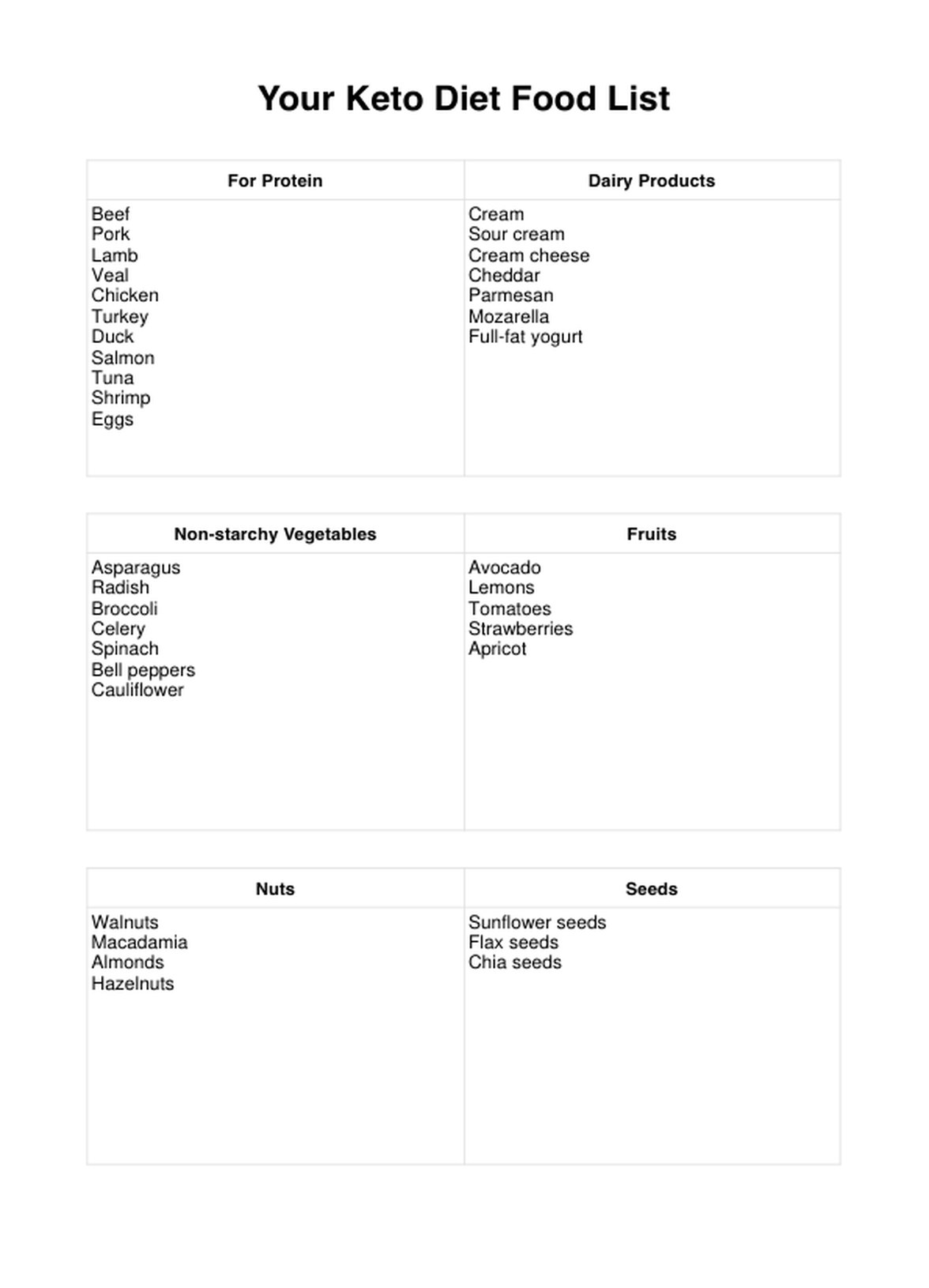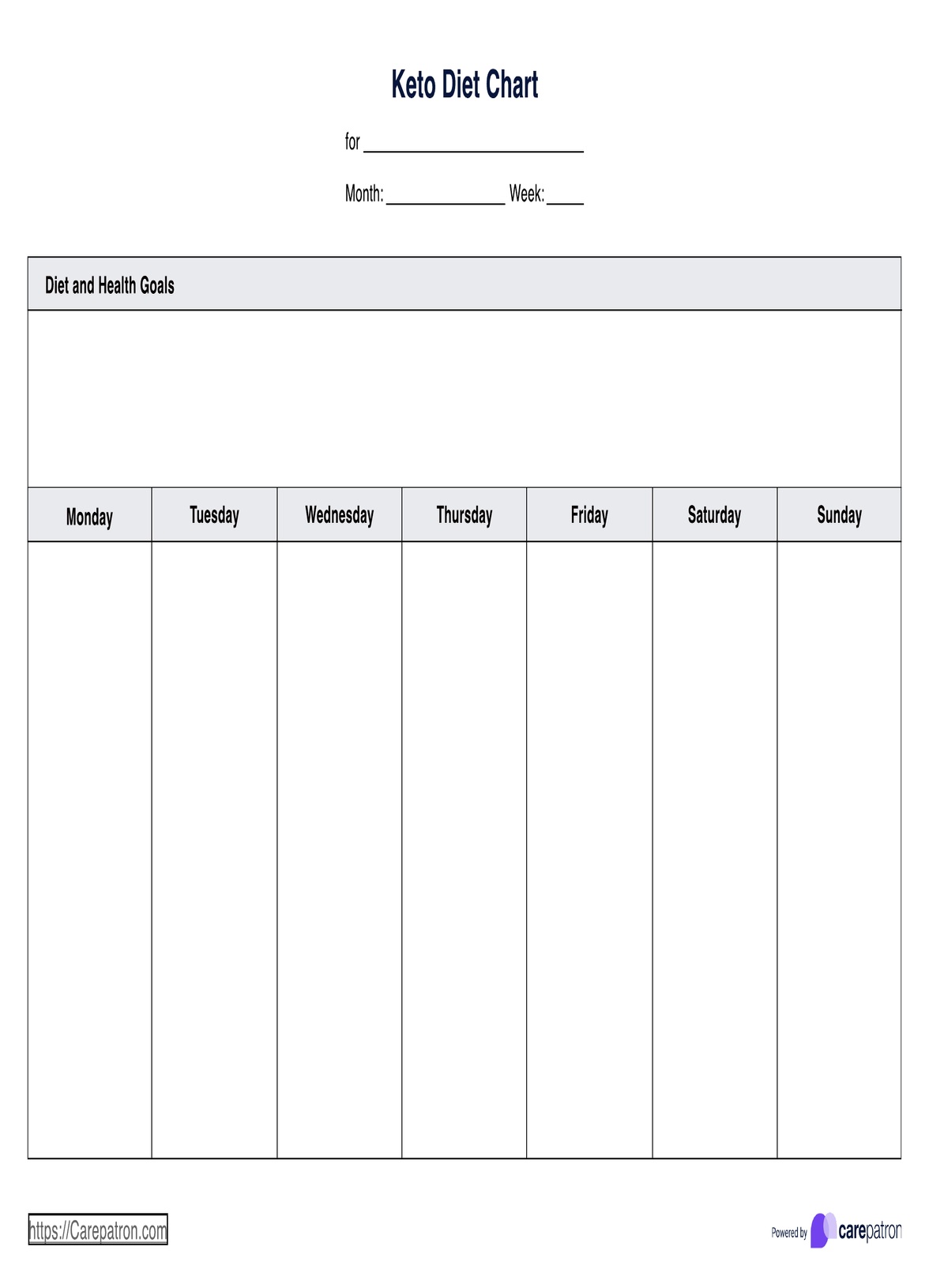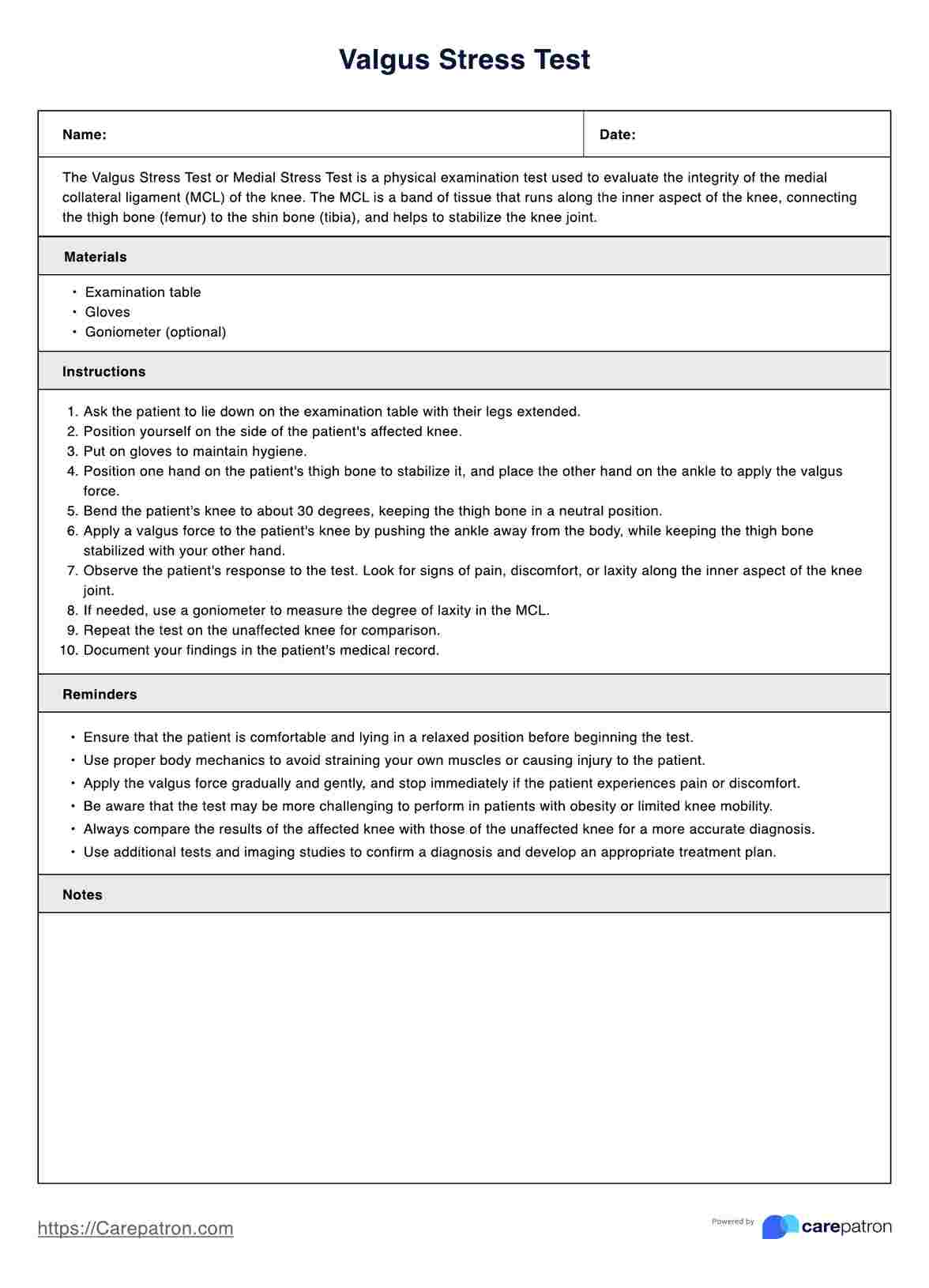Keto Diet Food List
Master the Keto Diet with our comprehensive Food List. Download the free PDF for a detailed guide and examples to optimize your ketogenic journey.


What Is a Keto Diet Food List?
Keto diet food lists are grocery lists specifically formed for people looking to kickstart a keto diet plan and lifestyle. They are created by people who have done their research and are about to start following their respective keto diets, or they’re made by dietitians and nutritionists who customize diet plans for their clients.
These lists suggest the necessary food to ensure that they follow the core of keto diets: low carbohydrate and high-fat content. Since people mainly adopt keto diets for weight loss results, the ingredients they need to buy should cater to giving the person what they need based on their weight loss goals.
A general keto diet food list will contain the following:
- For Protein: chicken, bacon, lamb, turkey, pork, steak, fish, eggs, tofu, etc.
- Dairy Products: yogurt, cheese, cream, sour cream, butter, etc.
- Non-Starchy Vegetables: artichokes, asparagus, broccoli, cauliflower, eggplant, etc.
- Fruits: lemons, tomatoes, avocados, apricots, berries, coconuts, etc.
- Nuts: walnuts, almonds, hazelnuts, macadamia, etc.
- Seeds: chia seeds, sunflower seeds, flax seeds, etc.
- Others: erythritol, protein powder, almond flour, stevia, etc.
They should avoid pasta, bread, honey (and foods baked in honey), syrups, juice, sodas (especially ones with high sugar counts), ketchup, barbecue sauce, dried fruits, trail mixes, certain fruits (mangos, bananas, grapes), quinoa, and chocolate. There are more, of course, but these are some examples of products to exclude.
Keto Diet Food List Template
Keto Diet Food List Example
How Does Our Keto Diet Food List Work?
We created a keto diet food list template to help organize grocery lists for budding keto diet followers or those wanting to try a keto diet for a while. Anyone can use this template, including those confident enough to create their keto diet plans for themselves or dietitians and nutritionists who develop lists for their clients.
Our food list template contains several blank sections for customizability. Any person using this template simply needs to fill out the following sections when they download a copy of the PDF template:
- For Protein
- Dairy Products
- Non-starchy Vegetables
- Fruits
- Nuts
- Seeds
- Miscellaneous (these can be for protein powders, erythritol, etc.)
We also created a box for recommendations by family and friends who have experience with keto diets and anything dietitians or nutritionists recommend to add to the list. There’s also a box meant for indicating things to avoid to help fight the temptation of buying them. Keto diets are restrictive, and a person following such a diet might crave other food.
Lastly, there’s an additional notes box. Whoever is using the template can write what they want concerning the list they made and the plans they have for themself. An example would be: “I will strictly follow this keto diet list every day, every week, for the next six months.”
When Would You Use This Keto Diet Food List Template?
Before shopping for keto diet ingredients.
This template is essentially a grocery list, so if you are about to kickstart your keto diet journey, one of the first things you need to do is to gather the ingredients you need based on your preferences and weight loss goals. Our template can help you organize your food list by category.
When dietitians and nutritionists are customizing food lists for clients.
Some people who want to make a significant change to their diets are not knowledgeable enough about nutrition counts and are unsure about how much certain foods they should consume, even if they’ve researched. These people will likely consult with dietitians and nutritionists. These professionals should be able to whip up a good list based on their client’s preferences and goals and their discussions with them.
If a person has drug-resistant epilepsy or Type 2 Diabetes.
Keto diets not only help people lose weight, but they can also help people with Type 2 Diabetes and drug-resistant epilepsy. Dietitians and nutritionists can aid other healthcare professionals in dealing with patients with such conditions. They can come up with food lists based on the conditions of these patients to see if keto diets can help manage their conditions over time.
What Are the Benefits of Keto Diets?
Significant Weight Loss
People who adopt keto diet plans are in it for the potential weight loss results they can get. By adopting these types of plans and following them to a T, people will burn more fat instead of carbohydrates, which makes them lose weight faster than they usually would. If they also plan and include intermittent fasting and partaking in specific exercises like HIIT exercises, the rate of weight loss will increase significantly.
Type 2 Diabetes Management
Obesity and excess fat can heighten the risk of a person having Type 2 Diabetes down the line in their life. Keto diets are known for shaving off excess fat and significant weight loss, so people who don’t have diabetes can adopt such a diet to lessen the risk of getting it. Those with Type 2 Diabetes can adopt this plan because studies have shown that keto diets can improve blood sugar management and insulin sensitivity.
Drug-resistant Epilepsy Management
Epilepsy can be managed using drugs, but there are cases where an epileptic patient has a kind of epilepsy that medications can’t manage because whatever they’ve been given showed little to no impact after several attempts.
Keto diets are considered to be effective in helping patients with drug-resistant epilepsy manage their seizures, though this is regarded as a last resort. Keto diets revolve around ketosis. In this state, ketones are produced whenever the body burns fat instead of carbs. The brain uses ketones for energy, and ketones have an anti-epileptic effect.
Commonly asked questions
You can get any food that can provide protein, but you must ensure you only consume up to 10 to 20% protein daily. Too much protein can convert the protein to glucose, slowing your transition to ketosis.
Yes, but don’t use sugar or high-carb sweeteners. Examples of sweeteners you can include are erythritol and stevia, but make sure to moderate your use of these.
Yes. You must ensure you get the necessary macronutrients to enter and sustain ketosis. It’s best to consult with dietitians and nutritionists if you’re not knowledgeable about tracking macronutrients.













































































































